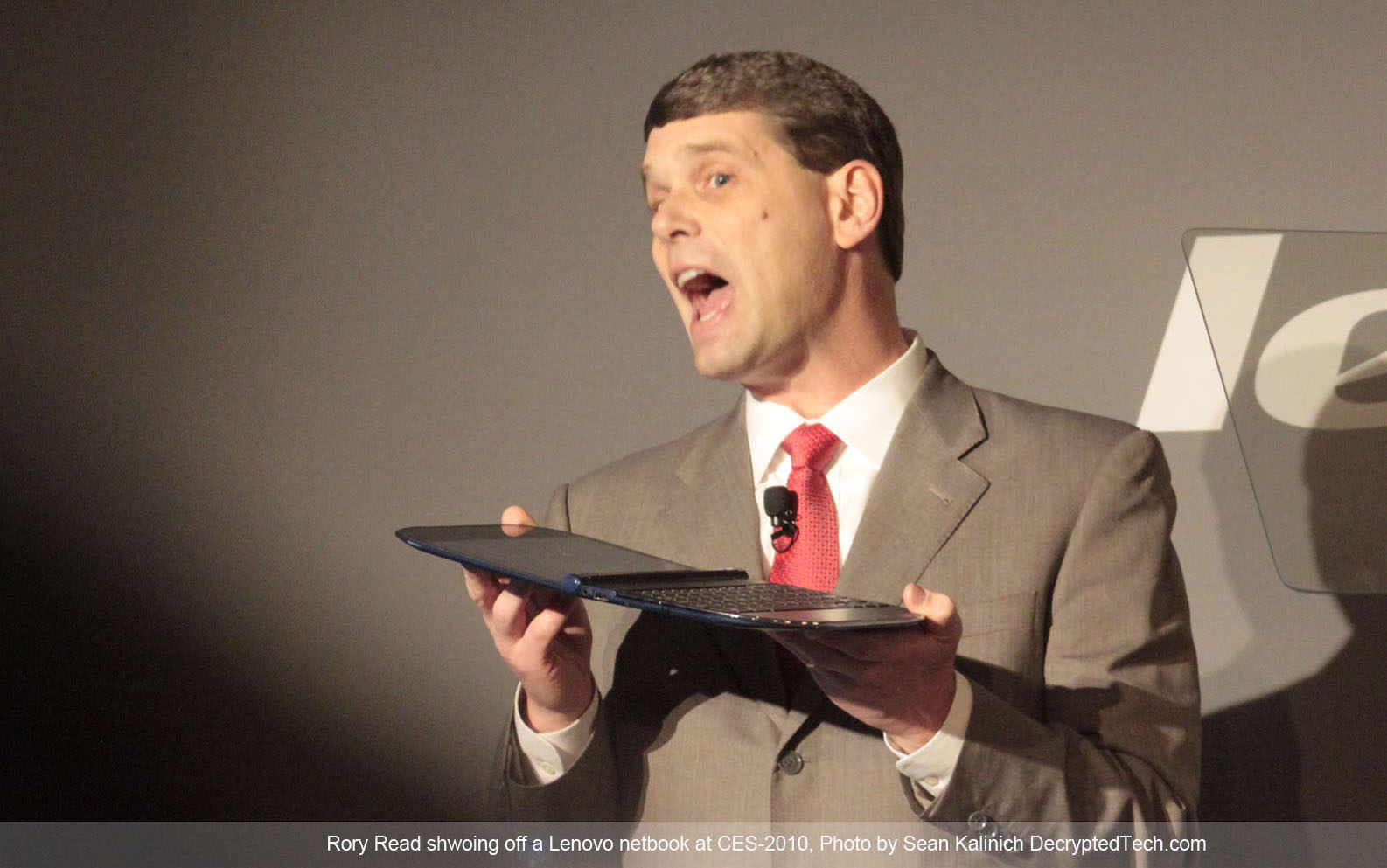To accomplish this they are looking into two main segments: The HPC server and the mobile computer. If you take a look at the split in AMD’s lineup you will see that they are pushing for more graphically advanced systems with added security layers (for that cloud connection) while not devoting the time to improve their desktop
offerings much. They are pushing the APU into the desktop (both consumer and professional), but there really is not much performance tuning going on with the CPU cores that are also stuffed in there. This covers the terminal side of the equation and we expect to see AMD dive even deeper into this by trying to get into more tablets, thin and light laptops and even All-in-Ones.
On the server side AMD is working on improving their offerings for the HPC (High-Performance Compute) space. Here they are dropping in more cores while reducing the power needed to push them (which also means slow clock speeds). What makes this attractive to someone building a data center for cloud based work is that they have more physical CPU cores to go around for discrete work per actual CPU. This can be a big benefit when you are allocating CPUs to virtual systems. Although you be able to get more work done per CPU core on an Intel CPU, AMD can try to push into the data center by claiming lower power requirements and lower per-CPU costs. Where AMD will face a big problem is in memory performance. Even AMD’s Abu Dhabi Server CPUs (Socket G34) which will be released next month are not likely to have improved memory performance enough to match the memory throughput that Intel has with their server CPUs. This can and will put AMD at a disadvantage when it comes to the data center where the ability to swap memory back and forth quickly is required for a heavily virtualized environment.
We expect to see AMD continue this split with their R&D focused on low power mobile APUs and High-Performance CPUs for the data center. This certainly fits Reed’s vision of the computing world with the dumb terminal in the hands of the people and all of the work done in large data centers generating a nice revenue stream for whoever holds the keys to the CPU cycles…
Discuss this in our Forum




